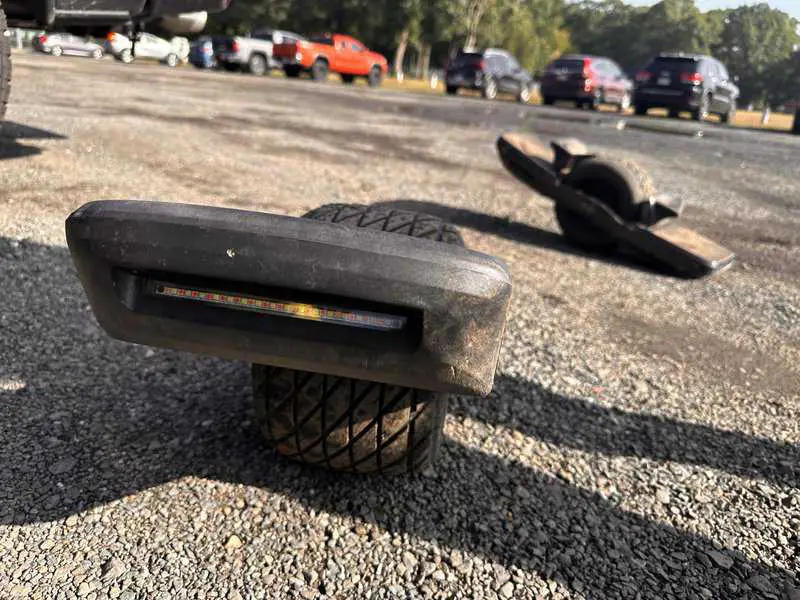
An out-of-the-box VESC built board can be purchased for less than a One wheel GT. At about $600 less than a Onewheel GT, the Floatwheel ADV is offering more power, more range and more control over a Onewheel GT board. Are you willing to go VESC instead of Onewheel GT? I had the opportunity to ride a fellow rider’s Floatwheel ADV Pro and it completely outperforms the GT in almost every way! Here we will discuss who should consider the Floatwheel and why.
First, Lets Talk Battery Comparison
The Floatwheel is a beastly board. Depending on model, they weight about 16 to 16.5kg (35 to 36 lbs) and have a similar footpad size to the Onewheel GT. ADV and ADV Pro have 20 cell batteries opposed to the GT’s 18.
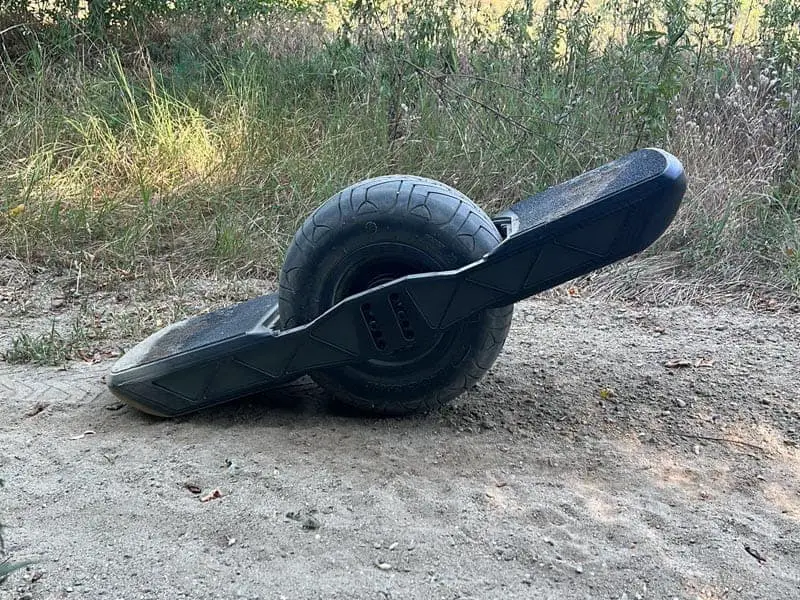
The Floatwheel ADV Pro has 20 cells in series at 3.7V (standard for a single 18650 or 21700 cell) totaling 74 Volts. 2 cells are in parallel giving you 8400mAh or 8.4Ah at 74V.
The standard ADV is also a 20 cell 74 volt battery with the same capacity however the 2170LA is another type of 21700 battery. Both are a slight improvement over the Onewheel GT’s 18 cell battery. The GT has 18 cells in series with a total of 66.6V. Essentially the battery of the Floatwheel is a slight improvement and split between both footpads for better weight distribution.
In the end, you are not buying the Floatwheel for the battery. Ranges are relatively similar to a Onewheel GT but the added battery does provide more power.
Floatwheel ADV LED Indicator
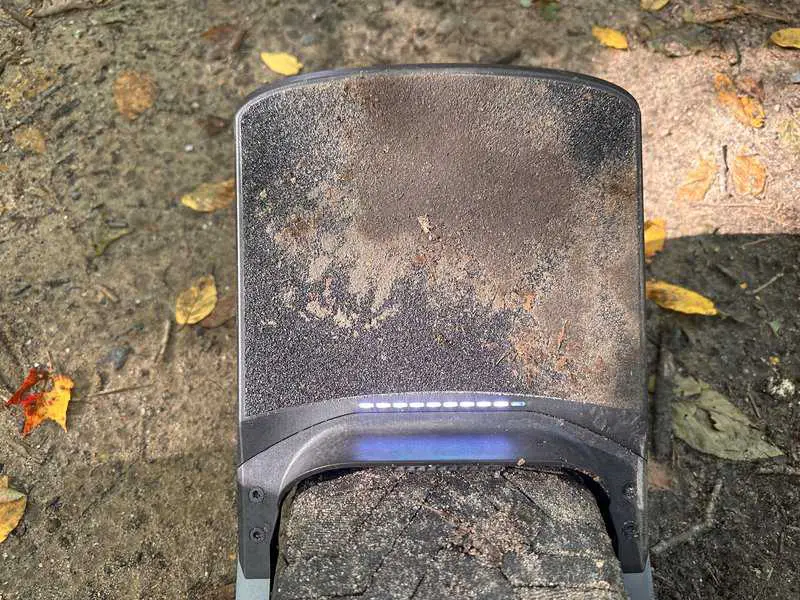
I love my Onewheel GT but doesn’t this LED indicator make sense? The Floatwheel is comprised of 10 smaller LED lights making a visual of the battery that much easier to read (percentage-wise). The LED’s are just as bright. I don’t find them distracting however they are bright.
The LED bar is great and an improvement but by itself its not the major selling point. Easy to read percentages.
Floatwheel Bumper Plastics are Hard Yet Brittle
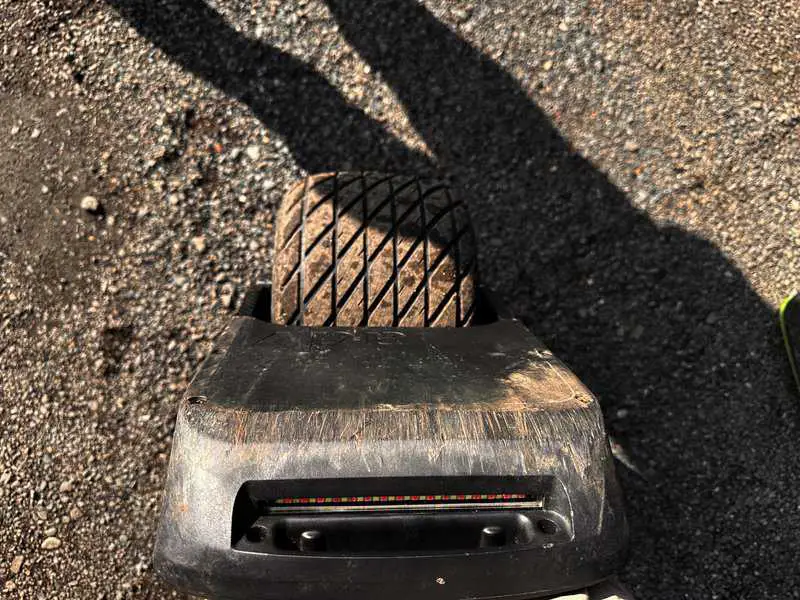
These plastics are Generation 1 of the Floatwheel ADV and yes they are hard plastics which do seem like they will easily break.
On my Onewheel XR, I’ve used both a Float plate and B.A.N.G.’s and I can say that both are made with the same heavy yet softer plastic that can imprint relatively easily instead of cracking on impact.
Personally, I am not worried about the plastics. With the growth of the Floatwheel and VESC movement, it will likely be soon that improved or aftermarket bumpers will be available.
Floatwheel Performance – Cannoncore over the Hypercore
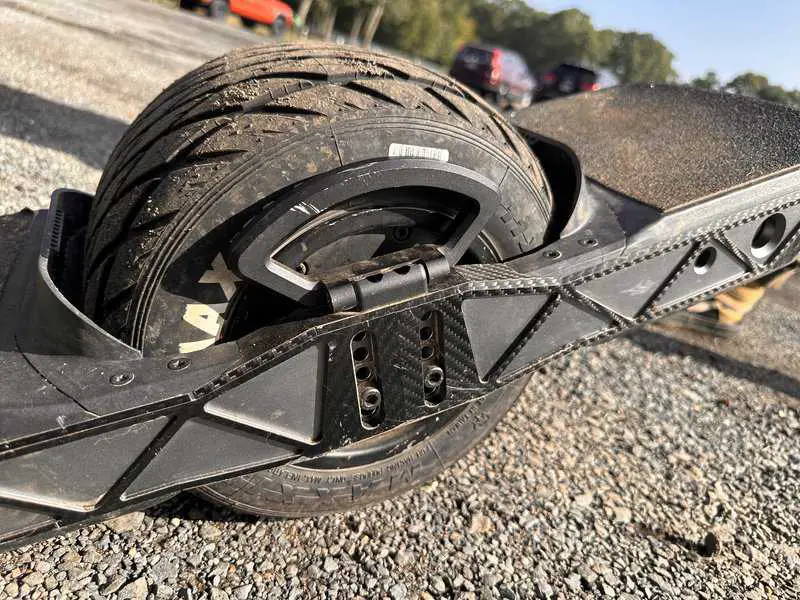
I have yet to experience a bent or broken Onewheel GT axle however products like Tech-Rails Wedges or Nimrods are made to reinforce the smaller (35mm) GT axle due to several breaks on the Onewheel GT. I wouldn’t worry about the Oneewheel GT axle breaking unless you are a heavier rider doing drops however the larger 75mm axle (over twice the size diameter!) of the Cannoncore is a beast. The heat dissipation is superior and the board has far more power than the GT.
Without any power surging, going up a 15% grade is not an issue for the Floatwheel. The added battery voltage with the Cannoncore is incredible. At low speeds, it you can feel the magnets pulling in a lumpy-like way due to the strong magnets within the hub but it’s a minor issue. When riding the ADV, it just sounds mean. It actually has a little growl to the motor over the Hypercore spooling/winding sound. This motor doesnt even seem to want to slow down on a 15% grade. It completely seems to have endless power and feels great on the trails.
Floatwheel Sensor Engagement
The board as itself really doesn’t have much of a profile difference than the GT. The differences are nominal. Both have similar size concave footpads. The tire goes back to a preferable 6″ hub size which is an improvement. Obviously the rails are thicker due to the battery however the platform is similar. The sensor engagement is ridiculously subtle however.
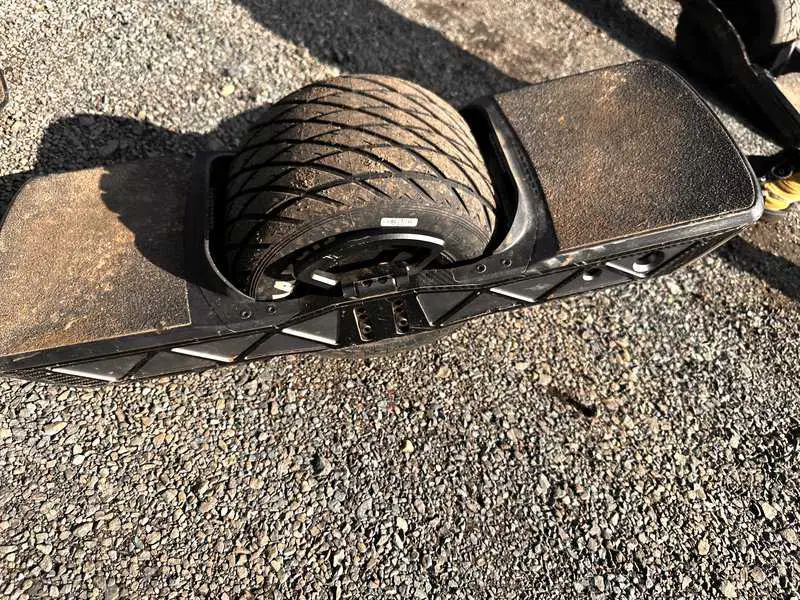
Mounting the Floatwheel engages the Cannoncore in such a fluid manner. You can barely hear it turn on and it levels without any jerking movements. O will say that the GT is also pretty smooth but the Floatwheel is even smoother. Both are huge improvements over the XR motor engagement which had a notable ‘click’ when the motor turned on.
Who is Going to Buy a Floatwheel
In my opinion, this board is made for two types of riders. First being a new rider who is looking for a cheaper alternative to a Onewheel and wants to get into riding for a lower cost. Secondly, are experienced riders who are “tweakers”. They want more customization, more power and want to push (or have at least the potential) to push the limits further. Most importantly, they want the right to repair their own board.
My JWXR (CBXR sized battery in an XR) had a smoked BMS. Because I modified the board, Future Motion does not sell parts. So I had two options. Part out the board, or make it a VESC. Getting into a VESC still requires me to purchase another BMS and a VESC controller. The remaining parts I could utilize however at the price of selling my XR for parts I can get the ready-made VESC instead of building one that will be on a Hypercore motor. The bonus too is that for the price, you are getting far more power.
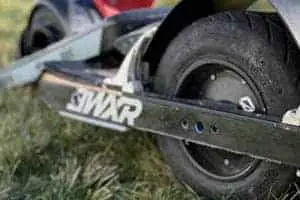
Now, some really like the XR platform because it’s lighter and more agile for trick riding. I’m almost always using my board for trail riding or commuting so the larger GT/Floatwheel ADV platform doesn’t bother me.
It was a truly amazing experience to see how much power the Floatwheel has. The GT had removed a lot of the power surging I used to experience on certain inclines on my XR / JWXR but the Floatwheel has even more torque that just keeps going the more you call on it’s power. Its very surprising and (in ways) unsettling to see how much power the Floatwheel has. If this is just the beginning of VESC then the single wheeled board niche is only going up from here.
